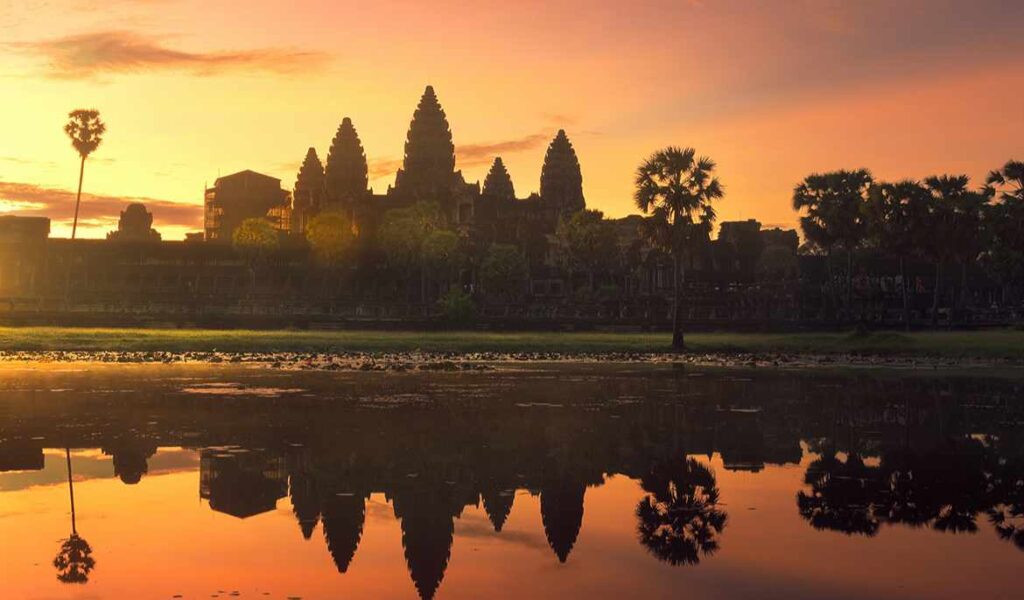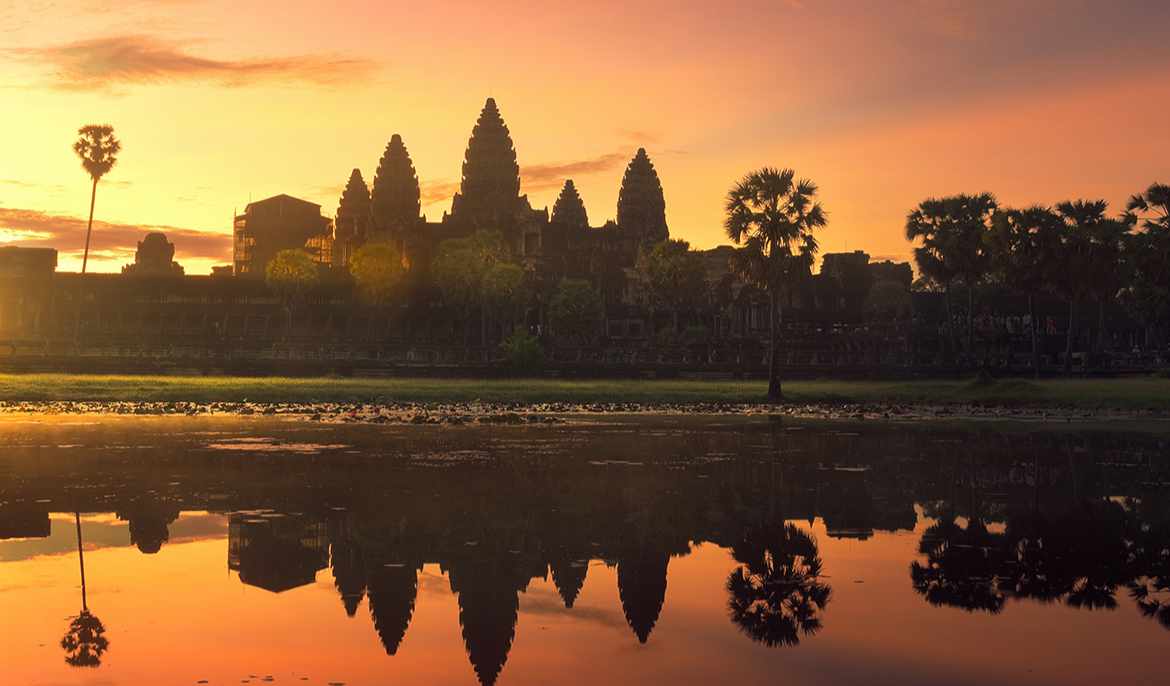Siem Reap, Cambodia – Angkor Wat, a UNESCO World Heritage Site and one of the most iconic symbols of Cambodia, continues to captivate travelers from around the globe in 2025. Renowned for its stunning architecture and deep historical roots, Angkor Wat has once again been named the most famous tourist attraction in the world, solidifying its status among the 32 most celebrated destinations.
Constructed in the early 12th century during the reign of King Suryavarman II, Angkor Wat was originally built as a Hindu temple dedicated to the deity Vishnu. Over the centuries, it has transformed into a Buddhist temple, reflecting Cambodia’s rich cultural tapestry. The temple complex, marked by its grand scale and intricate bas-reliefs, serves not only as a testament to ancient engineering but also as a symbol of national pride.
In 2025, the allure of Angkor Wat shows no signs of waning. Recent visitor statistics reveal a steady increase in tourism, with millions flocking to explore its majestic corridors and marvel at the sunrise illuminating its iconic silhouette. Local businesses, from traditional handicrafts to guided tours, thrive as they cater to an ever-growing influx of international travelers seeking to experience this magnificent site.
In response to this notable rise in visitors, conservation efforts have been ramped up, focusing on preserving Angkor Wat’s integrity while accommodating tourists. Partnerships with international organizations have led to successful restoration projects that protect the delicate stone carvings and structural foundations from the threats of erosion and climate change.
Visitor experiences have evolved significantly over the years. Innovative technologies, such as augmented reality apps, enhance the exploration of Angkor Wat by providing historical context and interactive features. Tourists can now enjoy immersive guided experiences that delve deeper into the stories behind the temple’s stunning architecture.
“The experience of visiting Angkor Wat in 2025 is truly unforgettable,” says Lisa Chen, a traveler from Australia. “The beauty of the temple, combined with the rich history, makes it a must-see destination. Every corner offers something new to discover.”
Meanwhile, the local community embraces the cultural significance of Angkor Wat, hosting various festivals and events that celebrate Khmer heritage. These gatherings not only enrich the experience for visitors but also strengthen community bonds, ensuring that the spirit of Angkor Wat continues to endure.
As Angkor Wat shines brightly in 2025, it stands as a beacon of Cambodia’s past and a vital piece of its future. The call for responsible tourism resonates loudly, encouraging visitors to tread lightly and appreciate the cultural treasure that is Angkor Wat.
For those planning upcoming trips, Angkor Wat remains an essential destination, promising awe, inspiration, and a glimpse into the grandeur of a bygone era.



